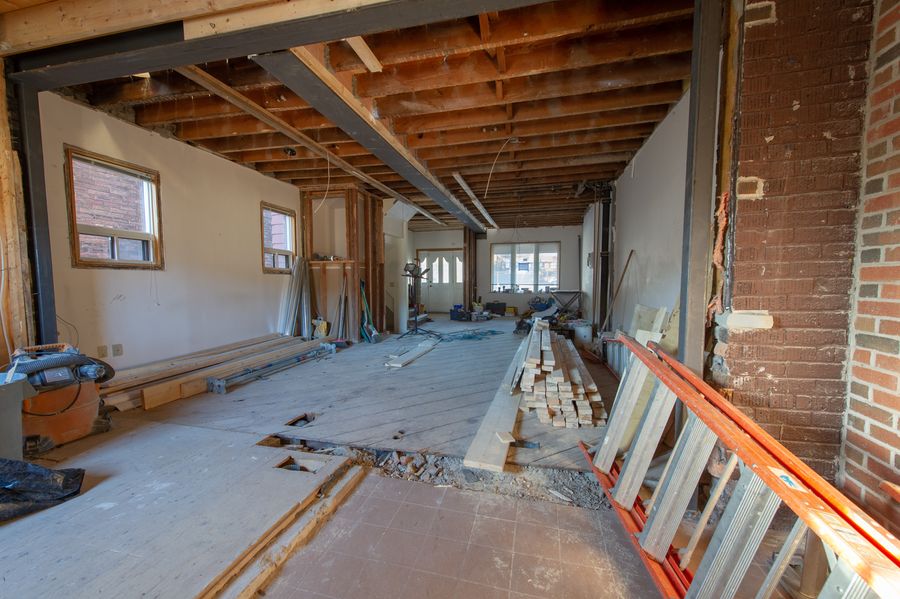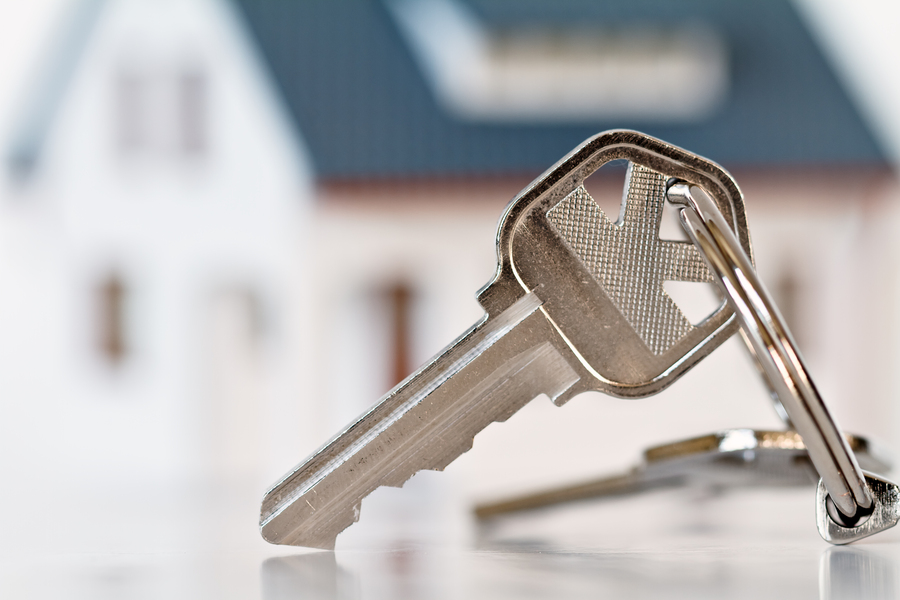Time to refresh the tired look of your house? Perhaps you’re someone who is considering an addition? If so, your planned renovation or addition may qualify for the GST/HST New Housing Rebate. Before you start it’s important to understand what qualifies for the New Housing GST/HST Rebate and what does not as the housing rebates topic can, oftentimes, be confusing for homeowners.
The GST/HST New Housing Rebate allows an individual to recover some of the GST or the federal part of the HST paid for a substantially renovated home that is for use as the individual’s, or their relation’s, principal residence.
For the purpose of the GST/HST New Housing Rebate the Canada Revenue Agency (CRA) defines a substantial renovation as a renovation of a building to such an extent that all or substantially all of the building that existed has been removed or replaced. And where, after completion of the renovation or alteration, the building is, or forms part of, a new residential complex.
In other words, a substantial renovation is considered to have taken place where all or substantially all of the interior of a building, with the exception of certain structural components (foundation, external walls, interior supporting walls, roof, floors and staircases), has been removed or replaced.
How Do I Know If My Renovation Qualifies For The GST/HST New Housing Rebate?
In order to qualify for the GST/HST New Housing Rebate a substantial renovation is considered to have been completed if all or substantially all, of the existing building, must be removed or replaced. “All or substantially all” addresses how much of the building has to be renovated. Generally, all or substantially all is interpreted as meaning 90% or more. To meet this requirement, at least 90% of the building that existed before the renovations began must be renovated to some minimum degree. Any fair and reasonable method including floor and wall space, number of rooms and square footage are acceptable for determining whether all or substantially all of a building has been renovated. The existing building implies that the building existed immediately before the renovation or alteration was begun that must be substantially renovated. This means that additions to an existing building are generally not taken into account in determining whether there is substantial renovation. We will cover “Major Additions” later in this post. “Must be removed or replaced” addresses the type or nature of the renovations required to satisfy the definition of substantial renovation. In a major renovation project, the interior of a building is essentially gutted, or as we like to say “taken back to the studs”. For instance, patching drywall, painting surface areas, sanding a hardwood floor, or adding varnish or a plastic coating would not qualify as removing or replacing. Repairs are not taken into consideration in determining whether a substantial renovation has taken place and may not be included in a new housing rebate claim.
Does A Conversion Qualify For The New Housing Rebate?
Where a building is converted from non-residential to residential use, the residential complex is deemed to have been substantially renovated regardless of how much work, if any, is actually done. If an individual converts a building that was used for a purpose other than as a residential complex into a residential complex, the individual will be eligible to claim the new housing rebate.
If the building that was used by another person for non-residential purposes, such as a short-term rental property, is sold to an individual for use as a personal residence. In this situation, the CRA would view the individual as purchasing a non-residential property and converting it to residential use. The purchaser would then be deemed to have substantially renovated the building and would be eligible to claim the new housing rebate with respect to any tax paid on the acquisition.
Rebate amounts in Ontario may be higher for conversions as the owner usually pays HST on the value of the land at the time of closing.
Major Additions
There are circumstances where an addition to an existing residential home together with the renovation of that home will result in eligibility for the new housing rebate.
An addition will not qualify for the rebate on the basis that it is, or is part of, the substantial renovation of a house. This is because the definition of substantial renovation stipulates that it is the existing structure that must be substantially renovated. If one was to substantially renovate the existing structure, then the new housing rebate is available for any additions made to it. Additions to an existing residence are generally not taken into account in determining whether the house has been substantially renovated.
The new housing rebate is available if it is determined that the renovations and addition to the existing residence are so significant that the resulting structure may be viewed as a newly constructed house.
Even if the addition is as large or larger than the existing residence, it would not be viewed as creating a newly constructed home if the existing residence remains largely intact. Rather, the existing residence must become a minor part of, and be incorporated into, the newly constructed home.
In order to determine whether or not a major addition results in a newly constructed home:
1. The addition should at least double the size (in terms of floor space) of the habitable areas of the existing residence to be considered a newly constructed home. However, the relative size of the addition alone is not sufficient to make this determination.
2. The existing residence must cease to exist both physically and in the manner in which it had functioned as a residential unit, and must become integrated, along with the addition, into what is essentially a new home.
How Long Do I Have To File A Housing Rebate?
If an individual begins substantial renovations of his/her house while living in the house, the individual will have two years from the date the renovations are begun to substantially complete the renovations and another two years after that date to claim the rebate.
If the individual does not occupy the house when the renovations are begun, but then begins to occupy it before the renovations are substantially completed, the individual will have two years after the date of occupancy to substantially complete the renovations, and another two years after that date to claim the rebate for the tax paid on these renovations. If you do not substantially renovate the house within two years of occupancy, the time limit for filing a rebate application is still a maximum of four years from the date of occupancy, but only tax that has been paid and which became payable up to two years after the date of occupancy may be included in the rebate application.
If the individual does not live in the house until after the renovations are completed, the rebate claim must be made within two years after the substantial renovations are complete.
What Do I Need To Do To Apply For The HST New Housing Rebate?
Our team of in-house experts specializes in HST tax rebates and can assist you in determining your eligibility for a rebate. We understand that the process can be complex, but we are here to make it easy for you. Whether you’re renovating your property or purchasing a new residential rental property, our knowledgeable tax experts will provide unbiased advice to help you qualify for a rebate on a portion of the GST/HST you’ve paid. With over 15 years of experience working closely with the CRA, our experts have the expertise to handle even the most intricate GST/HST rebate cases.
Throughout the renovation process, you’ve likely engaged the services of professionals such as architects, craftsmen, and specialized trades. Just like these experts, our team is here to assist you with your GST/HST rental rebate. We understand that navigating the GST191, GST191-WS, or RC7191 forms can be intimidating. That’s why our tax experts will work closely with you to simplify and expedite the application process. We’ll ensure that all the necessary paperwork is submitted correctly and in a timely manner so you can claim your GST/HST rebate on your renovations. It’s important to note that claiming the HST renovation rebate in Ontario requires the submission of an additional form.
If you’re interested in learning more about the GST/HST New Housing Rebate, we encourage you to contact our GST/HST tax experts. You can visit our company website or give us a call at 647-281-5399. We’re here to provide you with the information and assistance you need.





